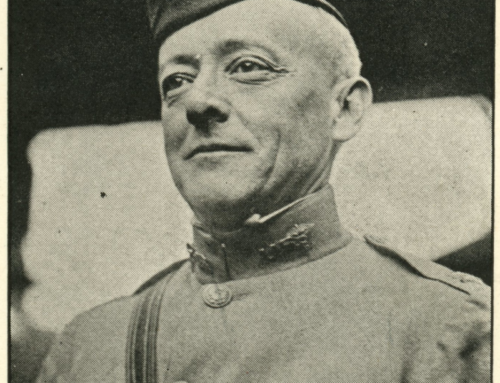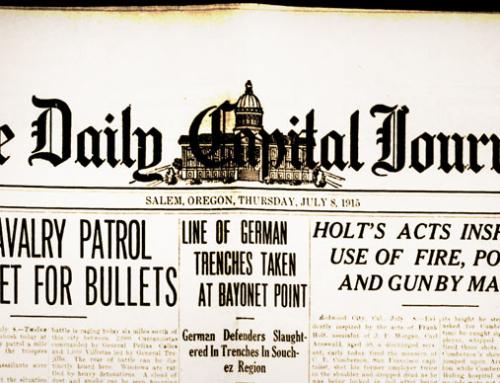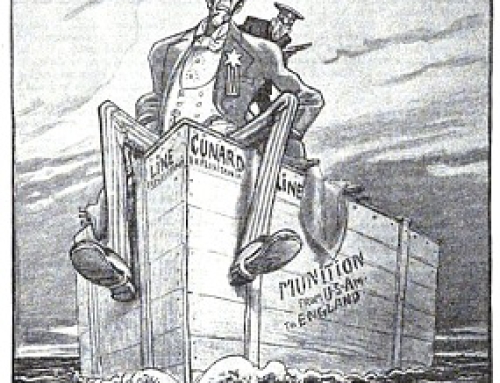by Richard van Pelt, WWI Correspondent
With Europe in the sixth month of war, readers in Marion County, were they to have paused and considered what had happened to date and how well this country would be prepared to respond, would have needed to consider the steps and the course of events that led to the war.
Of the belligerents, Germany was the most prepared for war. Their preparation was not in the interests of expansion and aggression, such as was the case in 1939. Germany emerged as a unified state over the preceding half century. Its consolidation involved more than one war. Between 1850 and 1871 the German Empire was forged through a series of wars fought with Denmark, Austria and France. This rapid expansion and consolidation understandably created international tensions and alliances intended to counter this growth. Largely defensive in nature, the alliances created an environment, not of an armed standoff such as was the case during the Cold War, but of a martial stopwatch.
The circumstances dictating war determined when the stopwatch to war would start and a finite number of days were needed as forces left their starting blocks until they could reach their designated jumping-off points. As in a 100 meter dash the goal was to get to the finish line – the jumping-off point – before your opponent could martial their forces to defend or to go on their own offensive. The effect was one of armies rushing toward each other as fast as possible with the objective of being operationally ready first.
The amount of time was approximately 14 days. Each belligerent intended to go on the offensive, so the winner would be whomever could build the marital head of steam first.
The United States was not organized to go to war according to a timetable. We had no standing army of sufficient size to have any immediate impact should war begin. In this respect, we were much like Great Britain. Britain needed several months before she could effectively contribute to the war effort, and the price she paid was terrible.
Considering this problem, an op-ed piece in the Oregon Statesman by W. H. Alburn addresses the state of American preparedness for war, in the opinion of General Leonard Wood:
A Free Nation of Soldiers
Gen. Leonard Wood makes this illuminating comment on our military situation:
“Those who turn to the hunted millions of Americans and say, ‘Here is my army,’ are just as intelligent and no more so than a man standing on a peninsula in the Great Lakes, with an iron under his feet and timber all around him, who would turn and sweep his hand over the landing forest as he said, ‘here is my fleet’ – if you will given him twenty years to build it.”
We are reluctantly coming to the conclusion that it is about time to prepare some adequate system of military defense, to last until the time comes when no nation need fear aggression. But hat shall we do? We do not want a large standing army. We fear the growth of a military caste. We will not tolerate universal conscription that takes years out of the lives of a nation’s youth. We will not surrender individual freedom.
But just here enters the example of Switzerland, a republic like ours, whose citizens are as free and intelligent, as well governed and all soldiers!
The present war from the first threatened Switzerland’s existence, as it threatened Belgium’s. But not an alien soldier has set foot on the soil of Switzerland and none is likely to. Her neighbors have too much respect for her army.
“The independence of the Swiss confederation” says the National Concordat “rests not upon assurances of emperors or kings; it rests upon a foundation of iron – that of our swords.”
Switzerland, with her 4,000,000 people has no standing army at all; but she has a thoroughly trained, disciplined and fully equipped force of nearly half a million men to guard her frontiers. If we had the Swiss system that has prevailed for forty years, we should have from 10,000,000 to 12,000,000 soldiers available at any time.







Leave A Comment